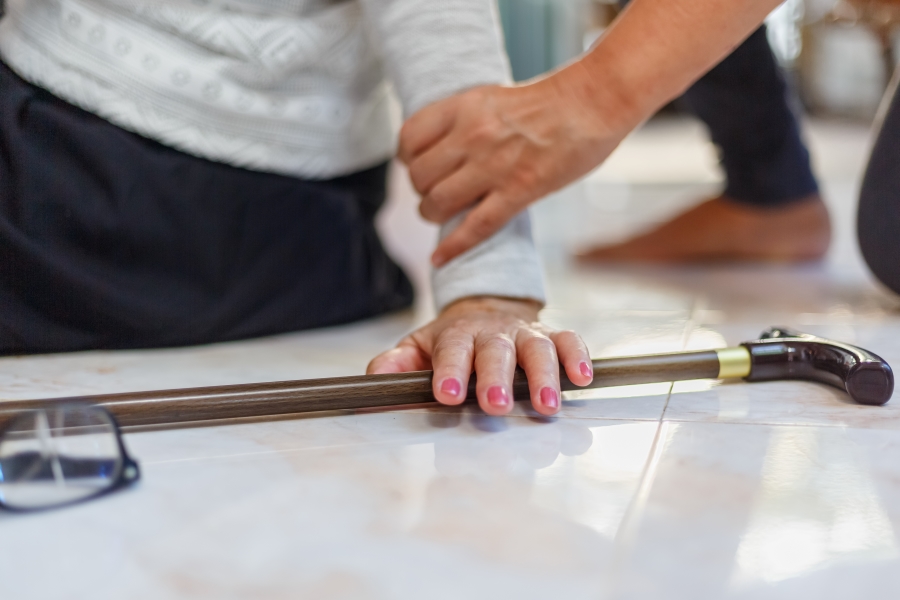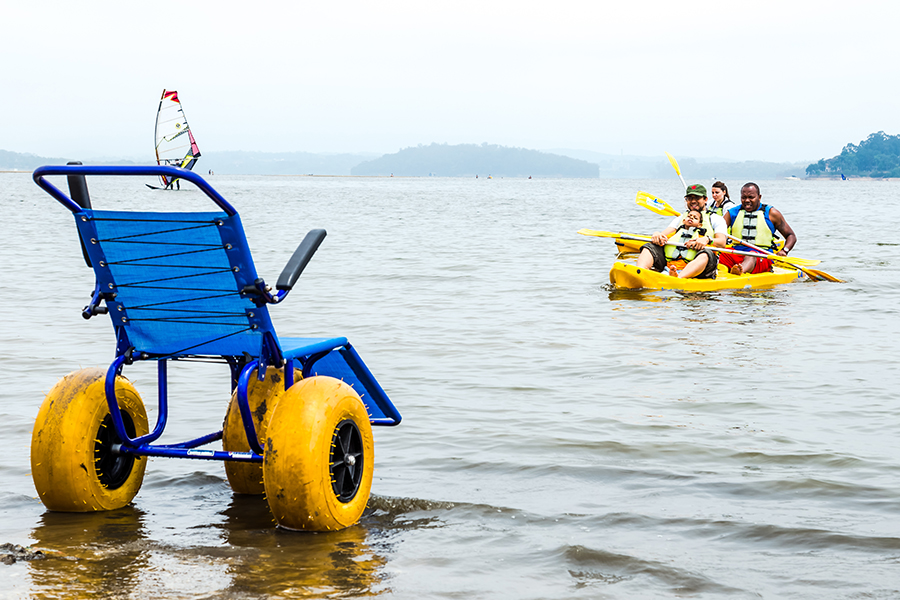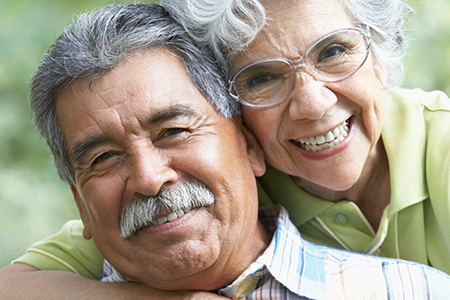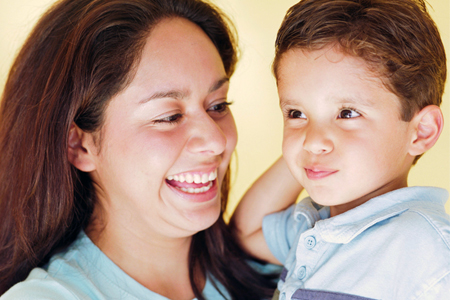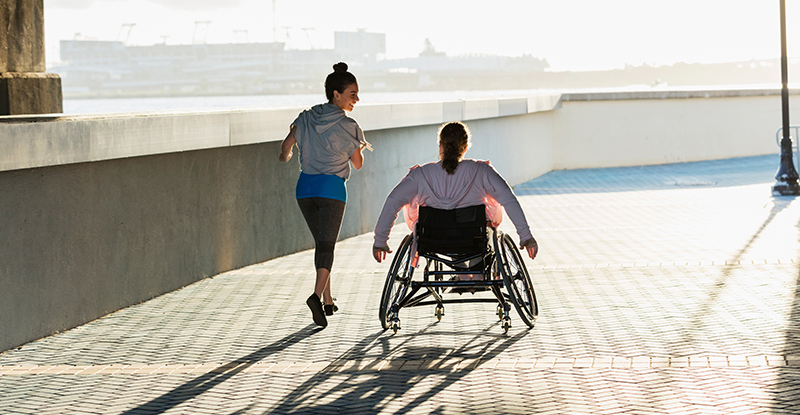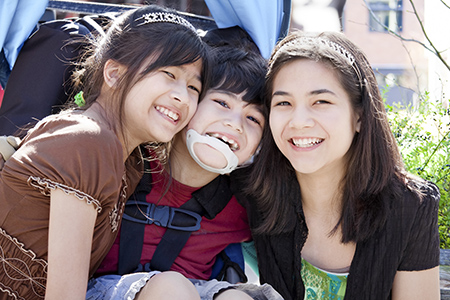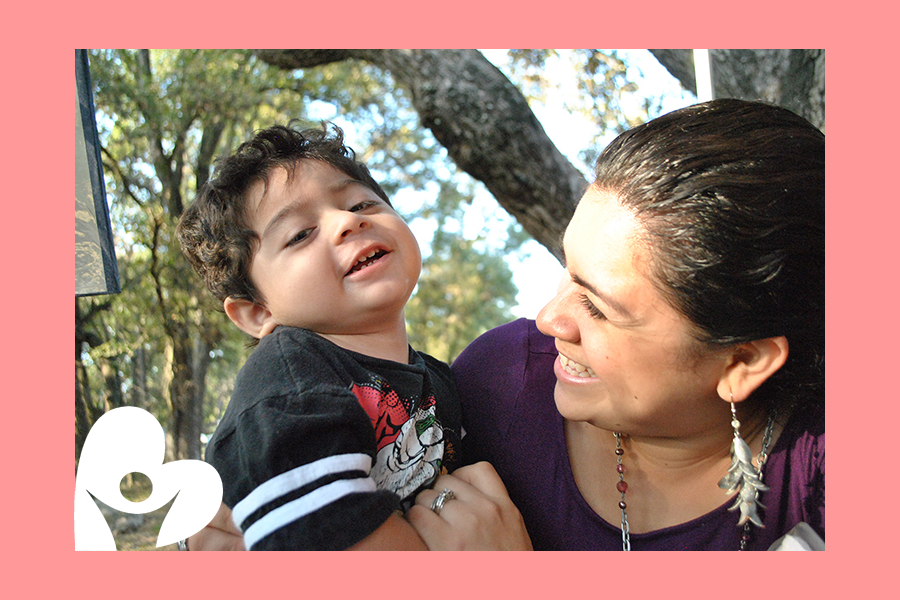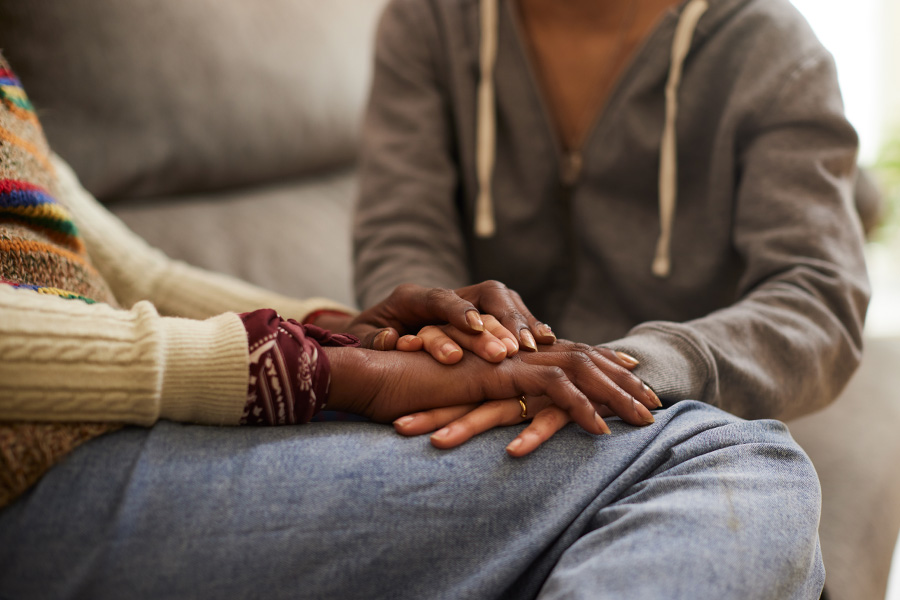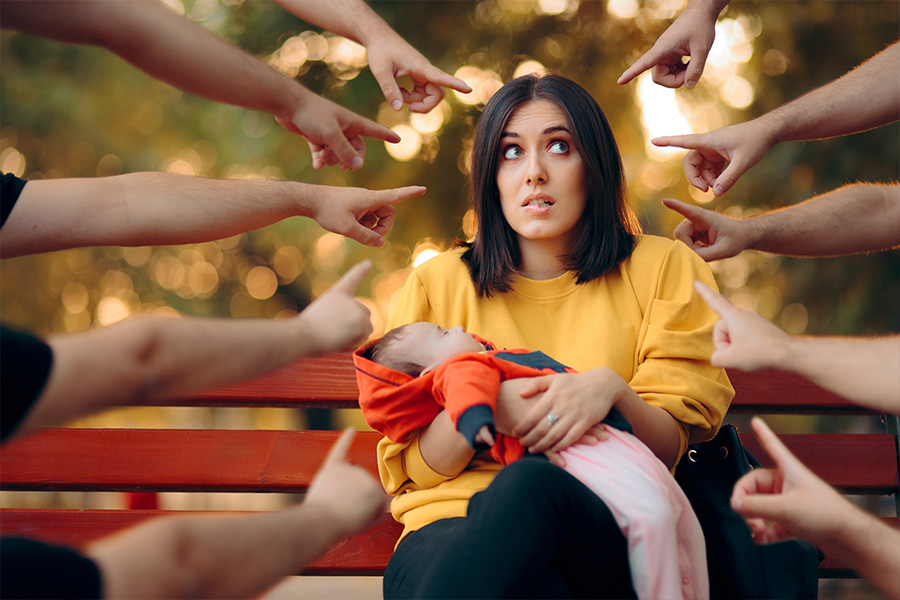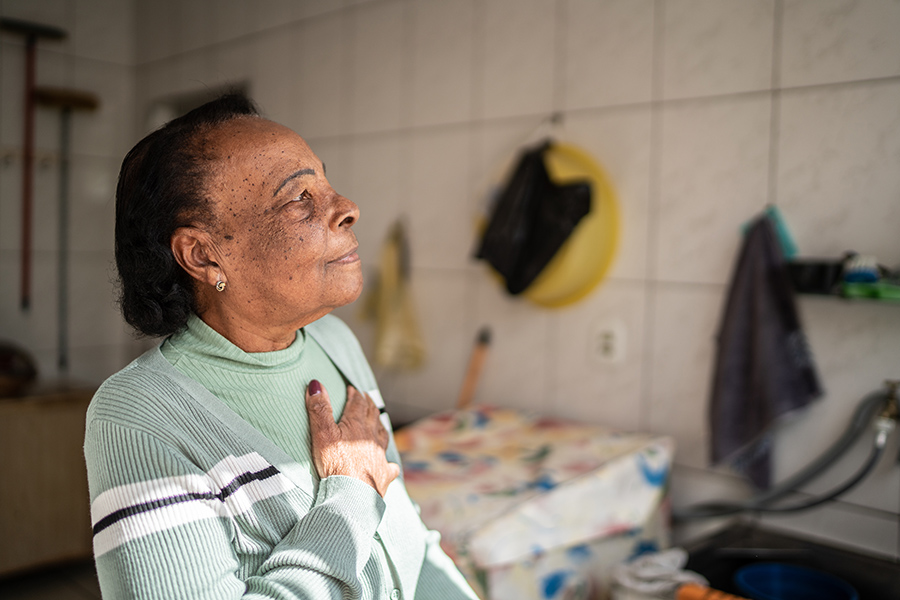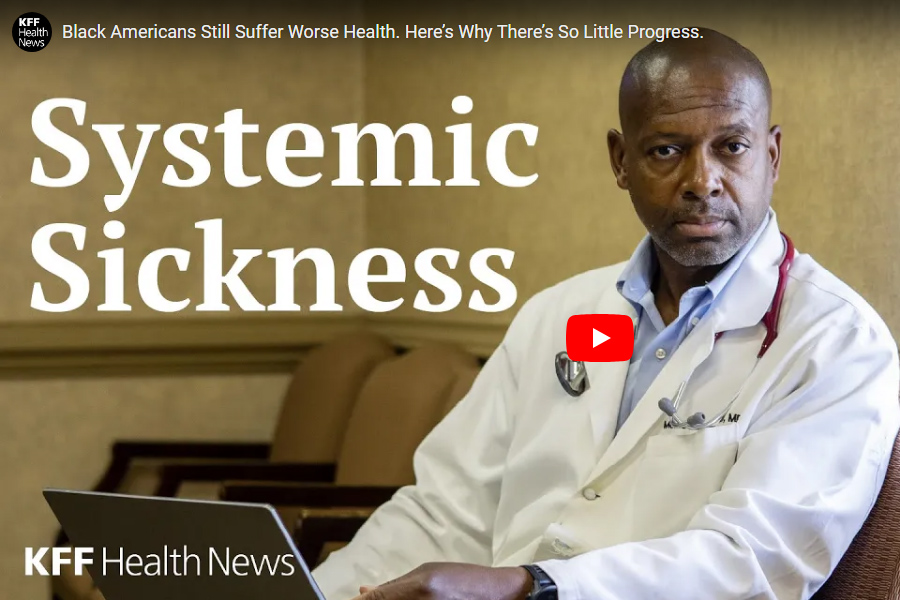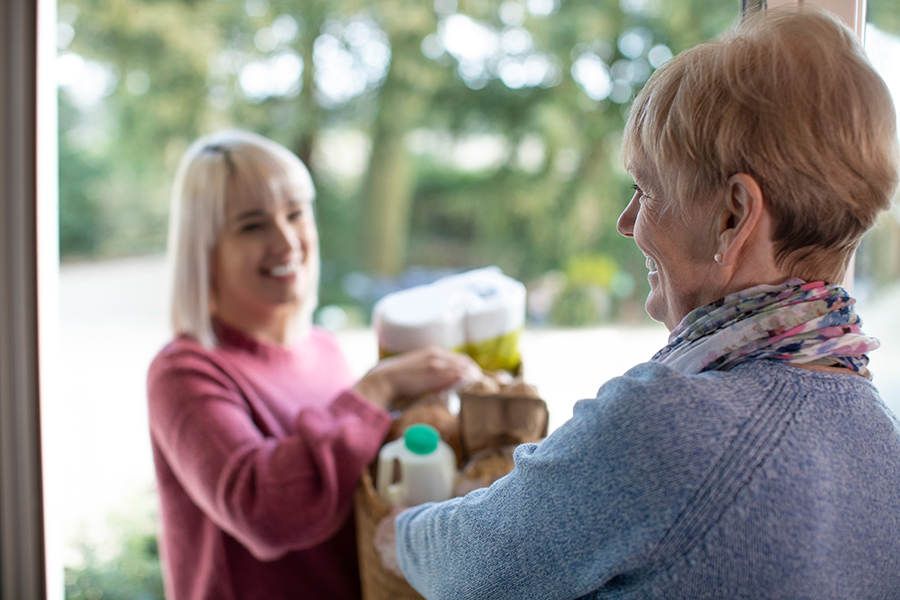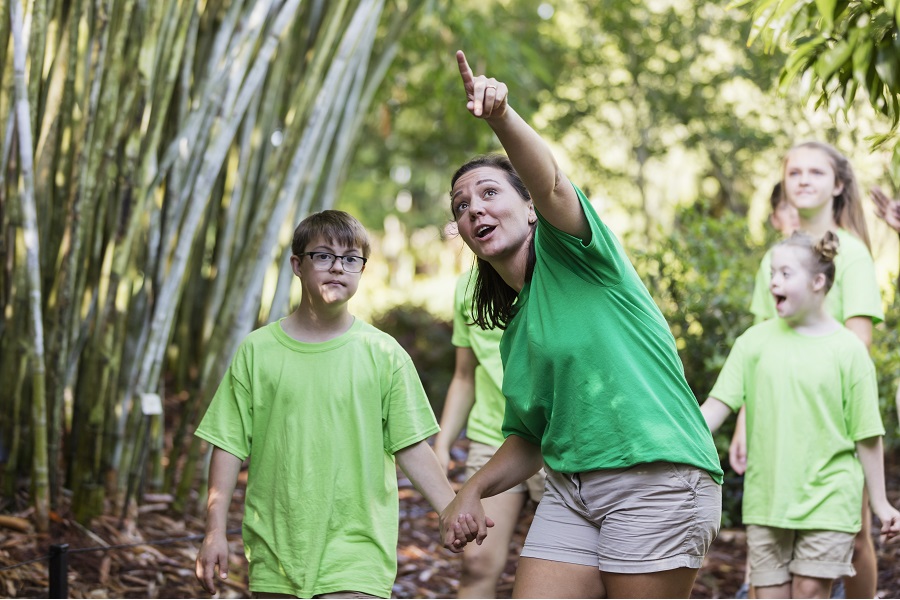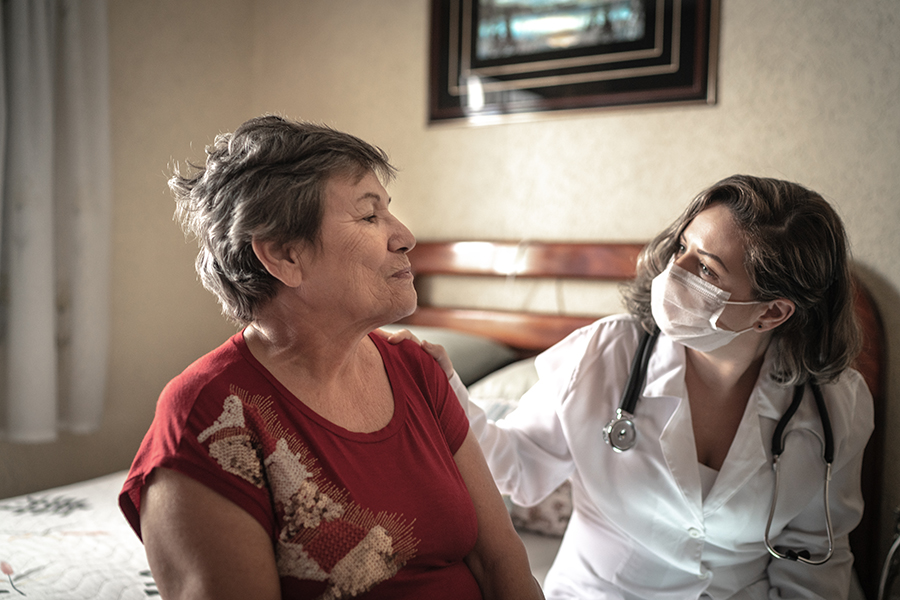Falls. They are the number one cause of injuries and death from injury and are a serious problem facing seniors. Learn what to do after a fall.
According to the Centers for Disease Control and Prevention, more than one out of four people age 65 and older will fall each year, and the likelihood of the person falling again doubles after the first incident. Of those falls, one out of every five leads to serious injury. This totals 29 million falls each year, three million emergency department visits, 800,000 hospitalizations and 28,000 deaths as reported by the CDC.
While it is important for health care professionals to understand and reduce the risks of falling, knowing what to do after a fall and reacting appropriately is crucial.
Impulse may say to move the fallen person immediately, but medical care professionals need to first approach the person calmly and assess the situation. When the extent of possible injury is unknown, moving someone who has fallen could worsen the situation.
Here are some steps to take after you witness or discover someone who has fallen.
- Assess the individual’s condition immediately after the fall.
- Notify family members and contact primary care physician. If needed, call 9-1-1.
- Investigate the circumstances of the fall.
- Document how the fall happened as well as the caregiver’s response in an incident report.
- Develop a care plan to monitor the individual for the first 72 hours after the fall.
The U.S. Department of Health & Human Services Agency for Healthcare Research and Quality created a manual to assist health care professionals in providing individualized, person-centered care through educational and quality improvements. Follow these steps listed in their Fall Management Program Fall Response process.
The National Institute on Aging and the National Library of Medicine suggests the following information for what to do immediately after the fall.
If the individual is:
Unconscious and unresponsive
- Remain calm and call 9-1-1 immediately and keep the individual still.
- Check vital signs including respiration, pulse, skin coloring and pupil dilation.
- Check for signs of injury including bleeding, swelling.
- Stay by the individual’s side until help arrives.
- Administer first aid if needed.
Conscious and alert (guidelines from www.agingcare.com )
- Stay calm and encourage individual to take slow, deep breaths.
- Examine individual for injuries.
- If they have a serious injury such as a broken bone, do not move the individual. Call 9-1-1 immediately.
- If individual wants to get up, proceed slowly.
- Find two sturdy chairs. Place one next the individual’s head and the other down by their feet.
- Help individual roll over onto their side, assisting them into a kneeling position. If they suffer from sore knees, a towel placed underneath the knees can make them more comfortable.
- Move the chair closest to their head directly in front of where they are kneeling so that they can place their hands on the seat, evenly.
- Ask your loved one to lean on the seat as they bring one leg forward and place that foot on the floor.
- Move the second chair directly behind your loved one, then ask them to use their arms and legs to push themselves up, then sit back into the second chair. You can use your hands to keep your loved one steady, but keep your back upright and make sure they are doing the physical work to lift themselves.
- Notify their doctor that they’ve had a fall.
For more information, see related articles and resources here:






